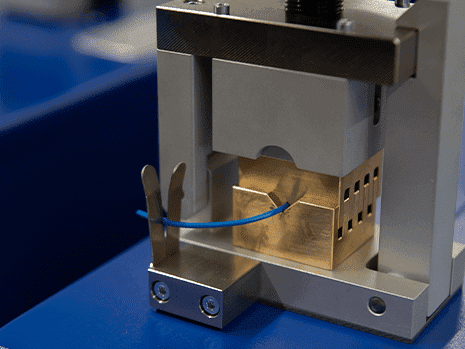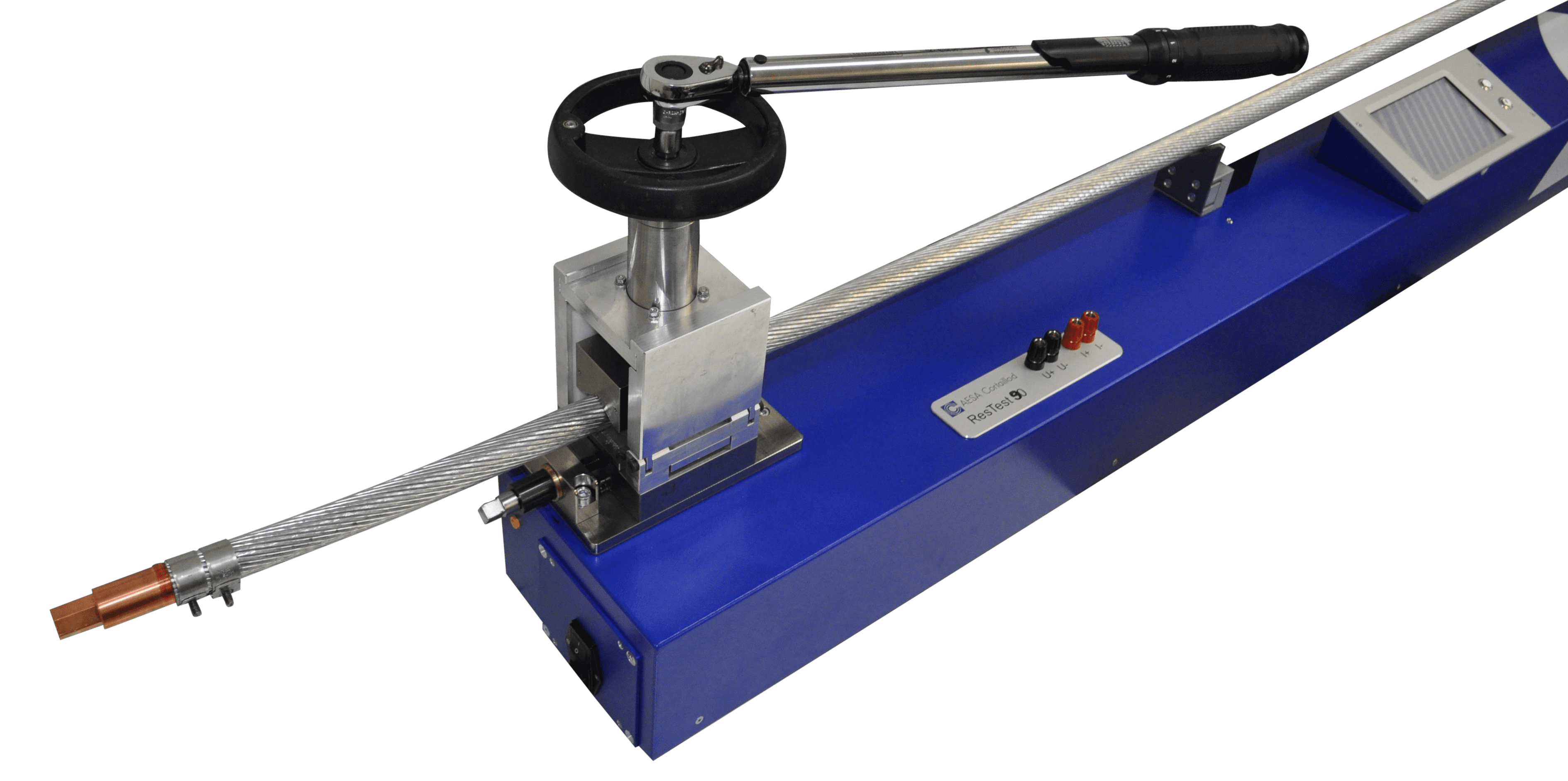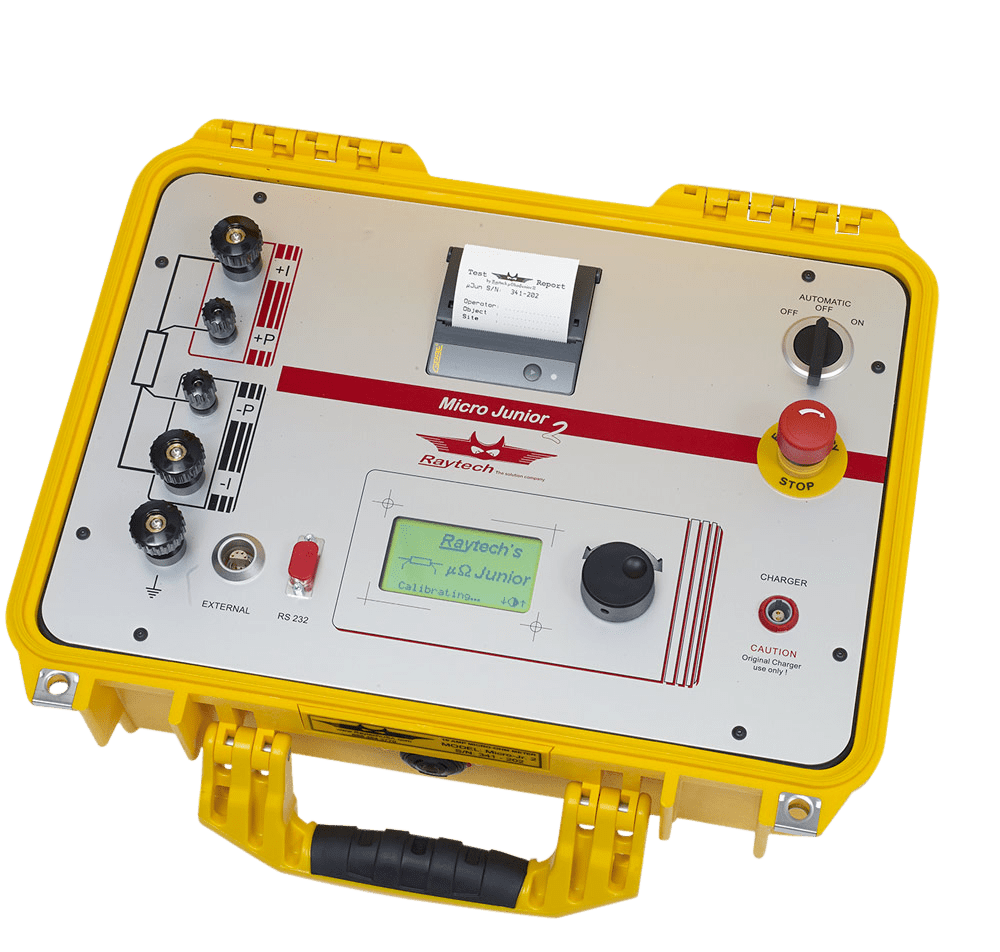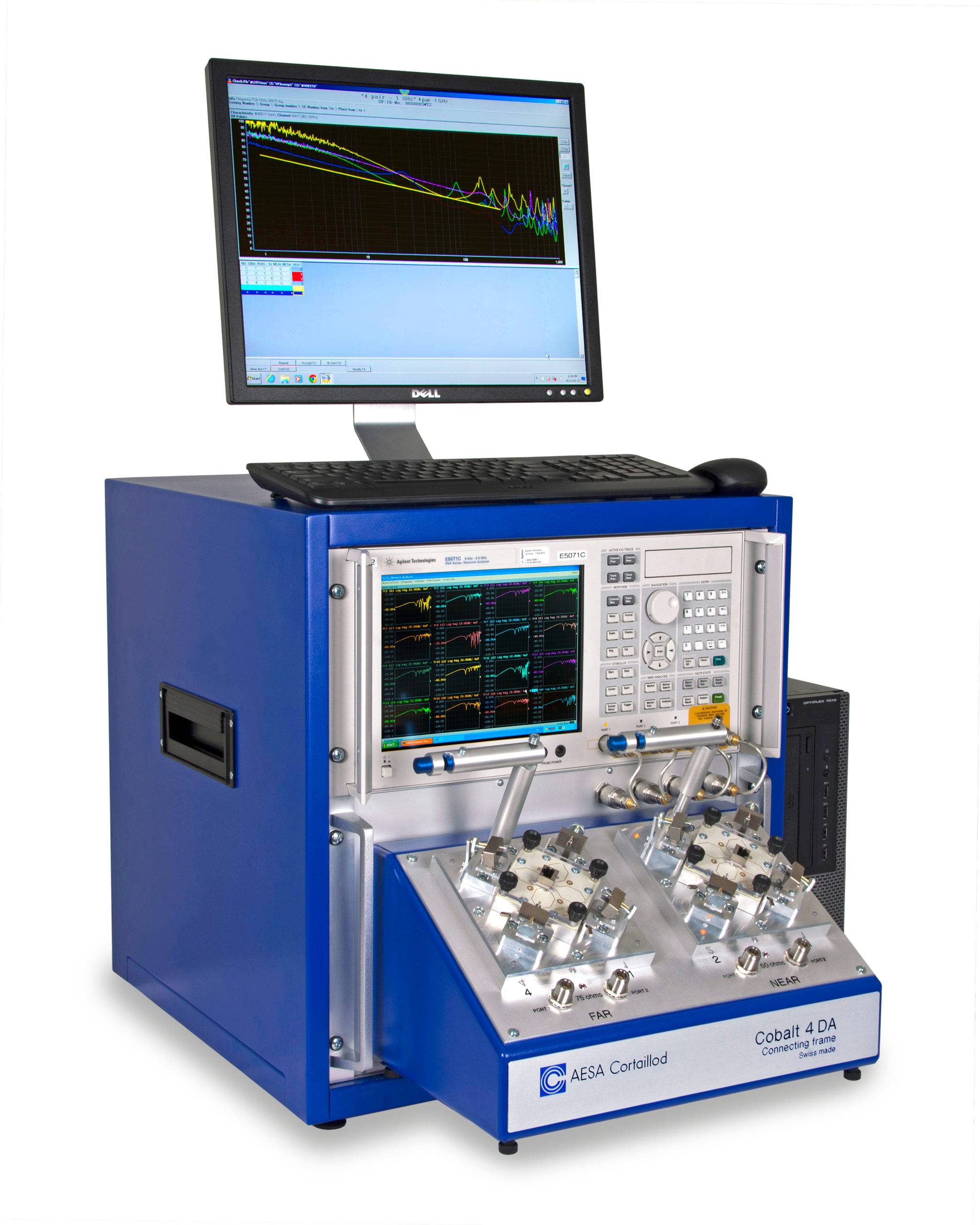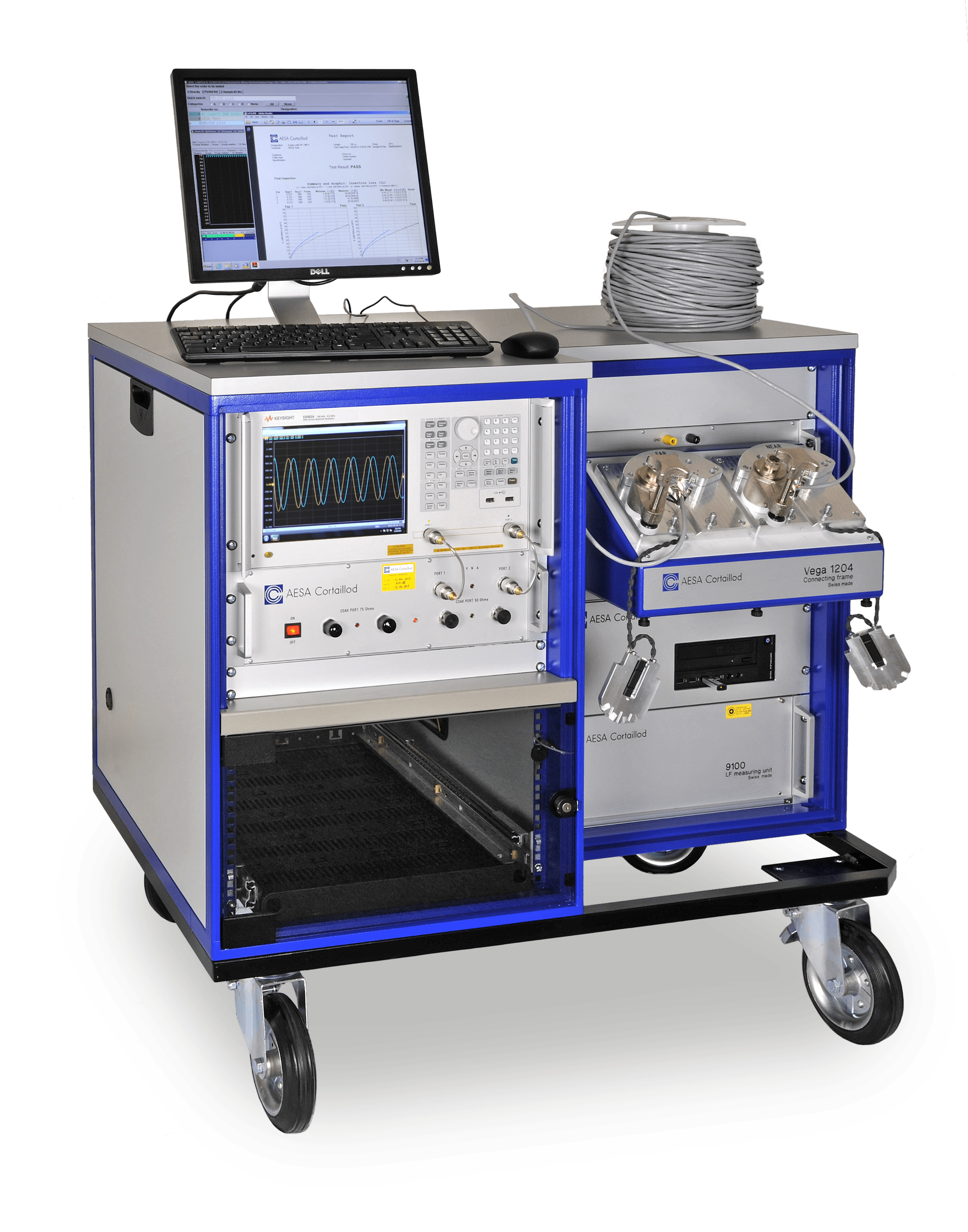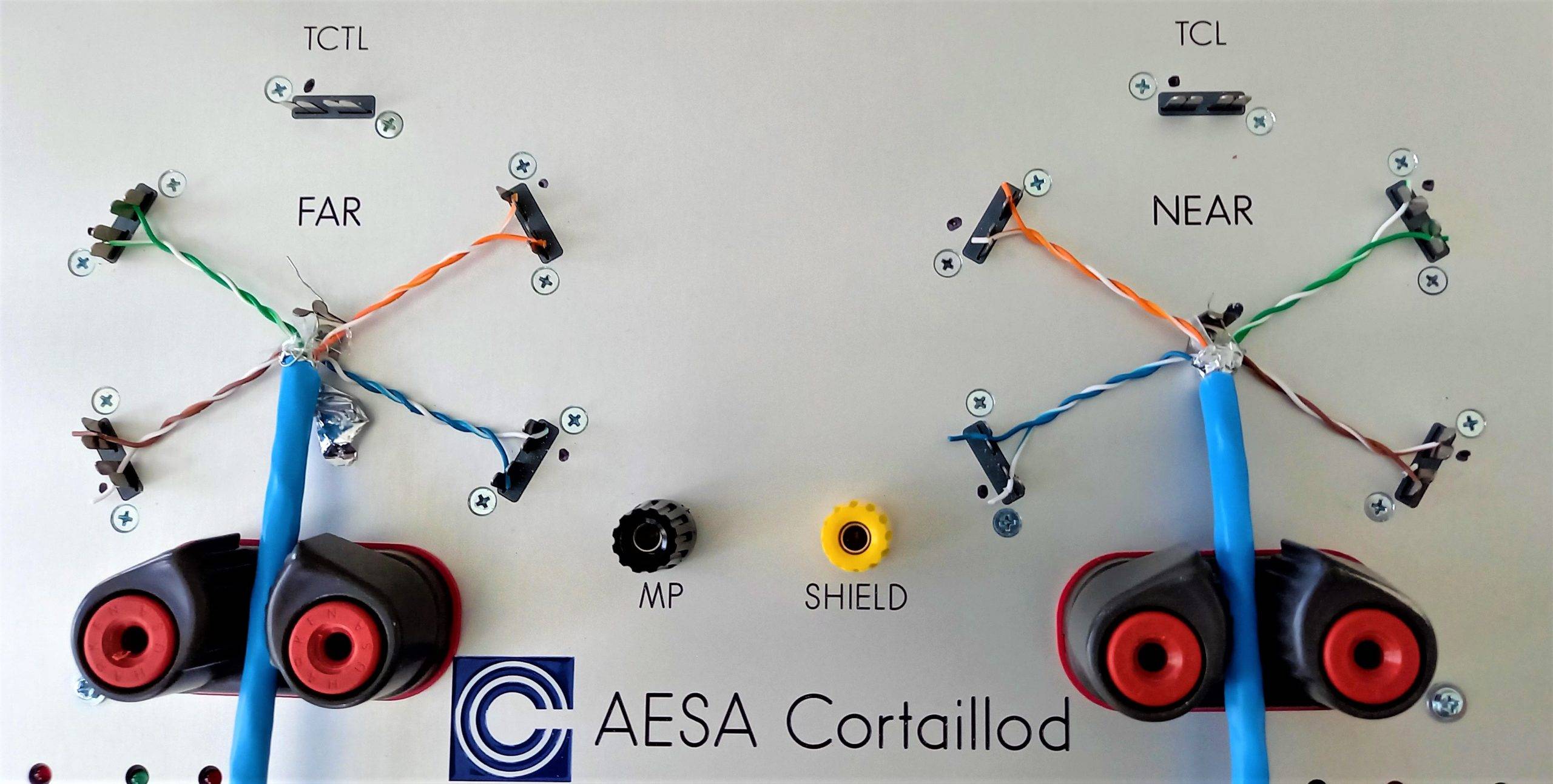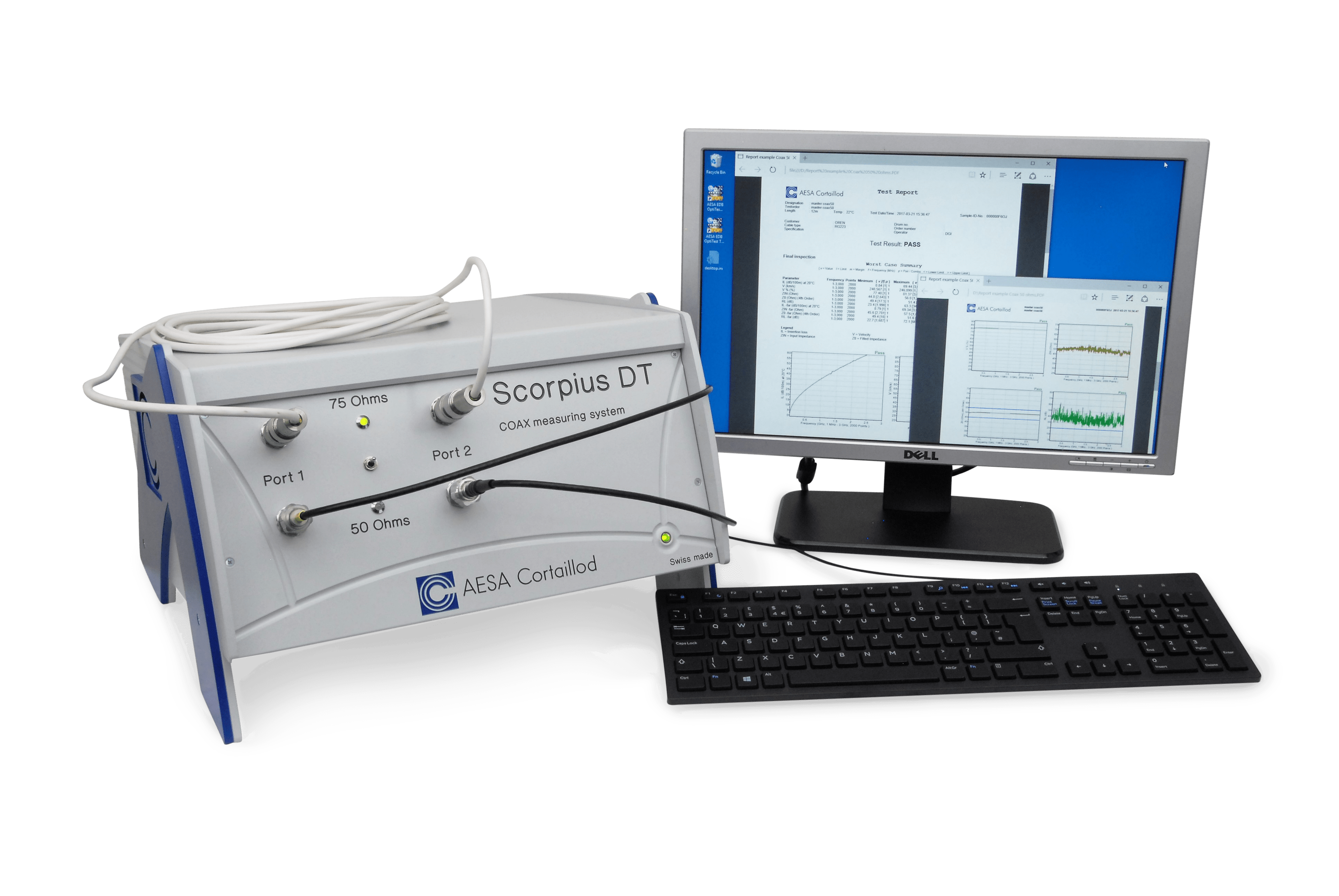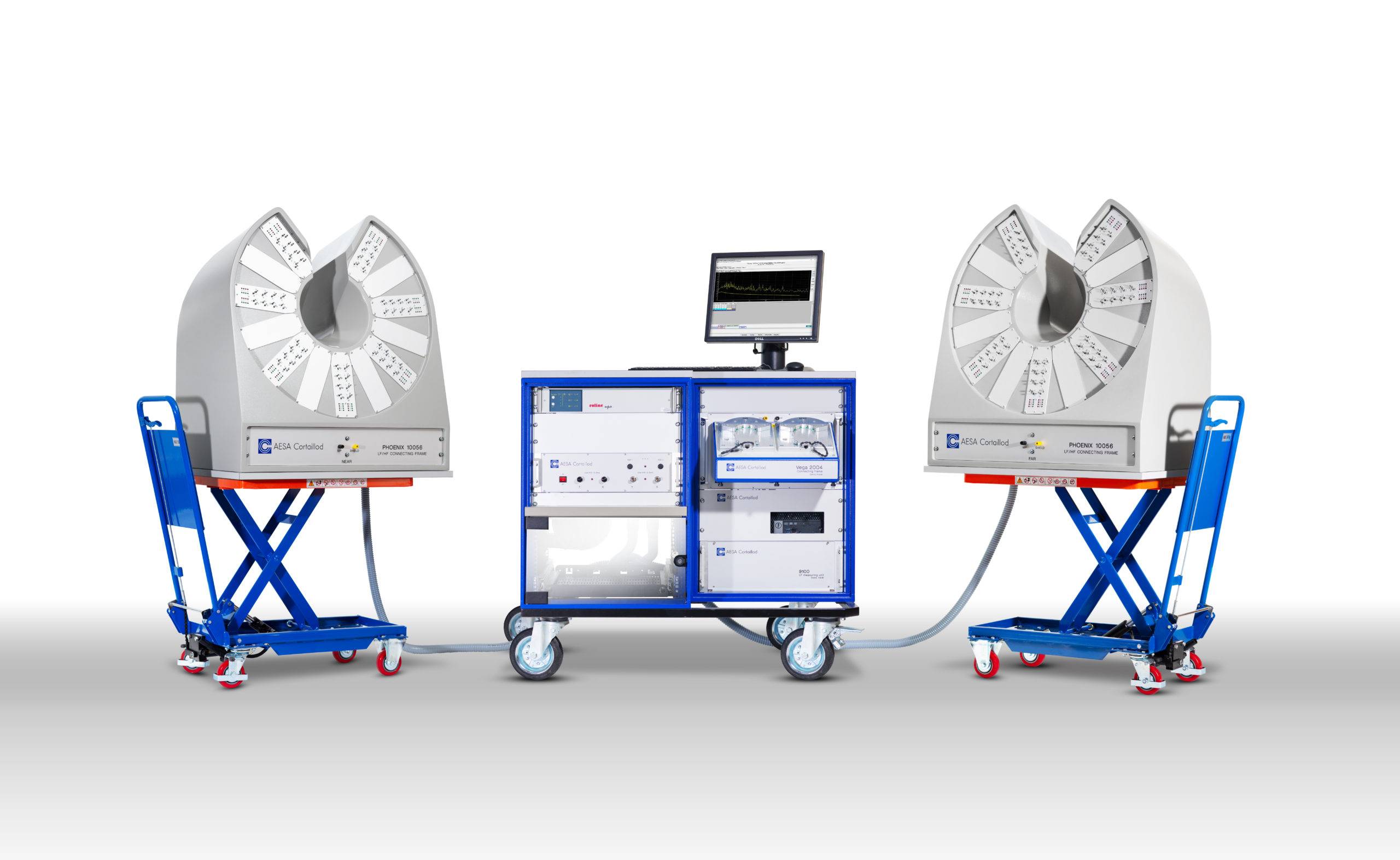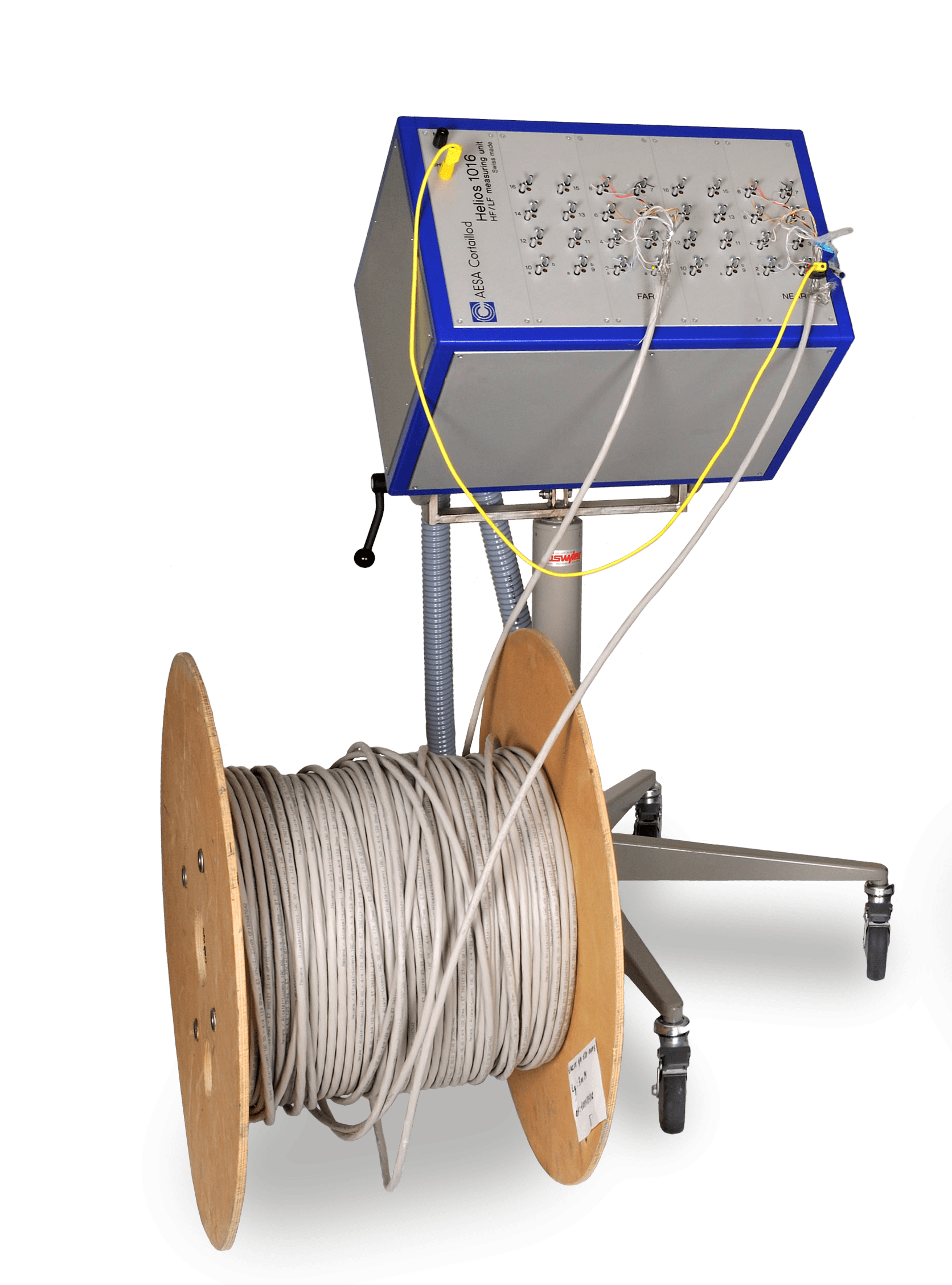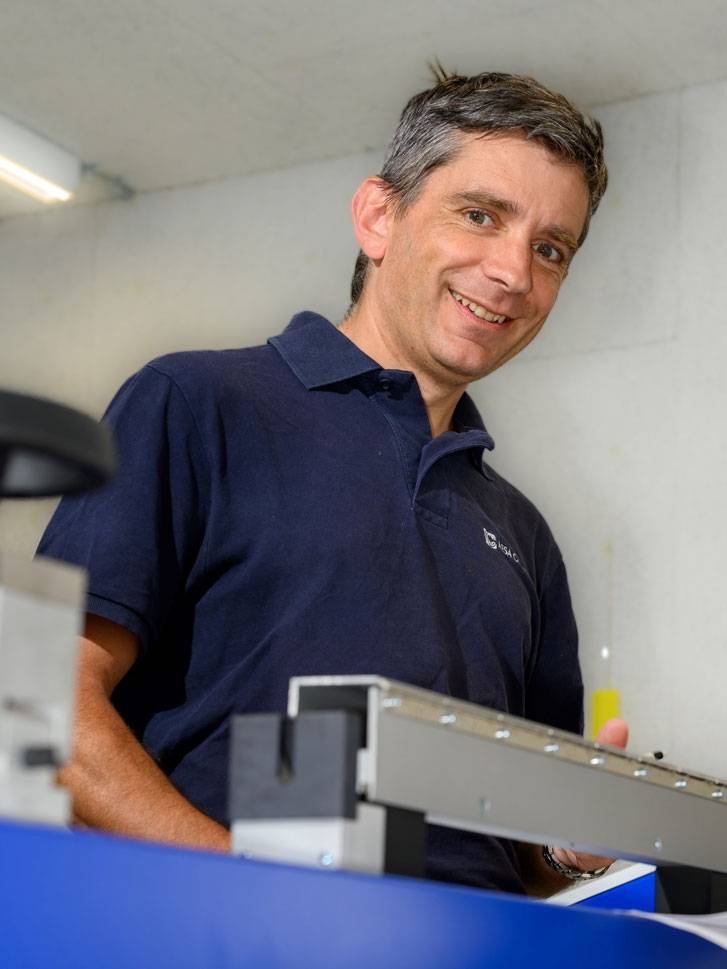Building And Infrastructure

Reliable cable systems are the backbone of modern communication networks and power supplies. They support data flow, enable efficient operations and transmit energy in buildings and large infrastructure.
Ethernet Cables: These cables connect computers and devices to the network. They facilitate data transmission within local area networks (LANs) and are commonly used for internet connectivity. Ethernet cables come in different categories, such as Cat5e and Cat6, each with varying speeds and capabilities.
Fiber Optic Cables: Designed for high-speed data transmission, fiber optic cables use light signals to carry information. They are ideal for long distances and offer high bandwidth. These cables are commonly used in telecommunications, data centers, and internet backbone connections.
Coaxial Cables: Coaxial cables connect devices like TVs, computers, and cable modems to the internet. They consist of a central copper conductor surrounded by insulating layers and a braided metal shield. Coaxial cables are commonly used for cable TV, broadband internet, and other applications.
Twisted Pair Cables: These cables are used for telephone lines, data networks, alarm systems, and paging/music/PA systems. Twisted pair cables come in various categories, such as Cat5e and Cat6, and are widely used for local area networks and voice communication.
Low Voltage Cables (Up to 1 kV): These cables are used for power distribution within facilities and equipment interconnects. Commonly found in homes, offices, and industrial settings, low voltage cables ensure reliable electricity supply.
Medium Voltage Cables (1 kV to 35 kV): These cables serve electricity distribution and sub-transmission systems. They bridge the gap between local distribution networks and high-voltage transmission lines.
High Voltage Cables (69 kV to 500 kV): Designed for bulk power transmission over long distances, high voltage cables carry electricity from power plants to substations. They play a crucial role in ensuring efficient energy delivery across regions.
Aluminium Cables: Suitable for fixed installation indoors, outdoors, or underground, aluminium cables are commonly used in power transmission.
Armoured Cables: These cables feature aluminium or steel reinforcement, providing mechanical strength and protection against physical stresses. Armoured cables are essential for installations with potential mechanical risks.
Selecting the right power transmission cable depends on factors like voltage, current, temperature, and specific application requirements. These cables form the backbone of electrical infrastructure, ensuring reliable energy flow.
Cable testing secures reliable data transmission and energy flow. Testing also ensures conformity with safety standards in our ever-evolving digital buildings and infrastructure.
AESA makes measurement instruments available to perform such testing.
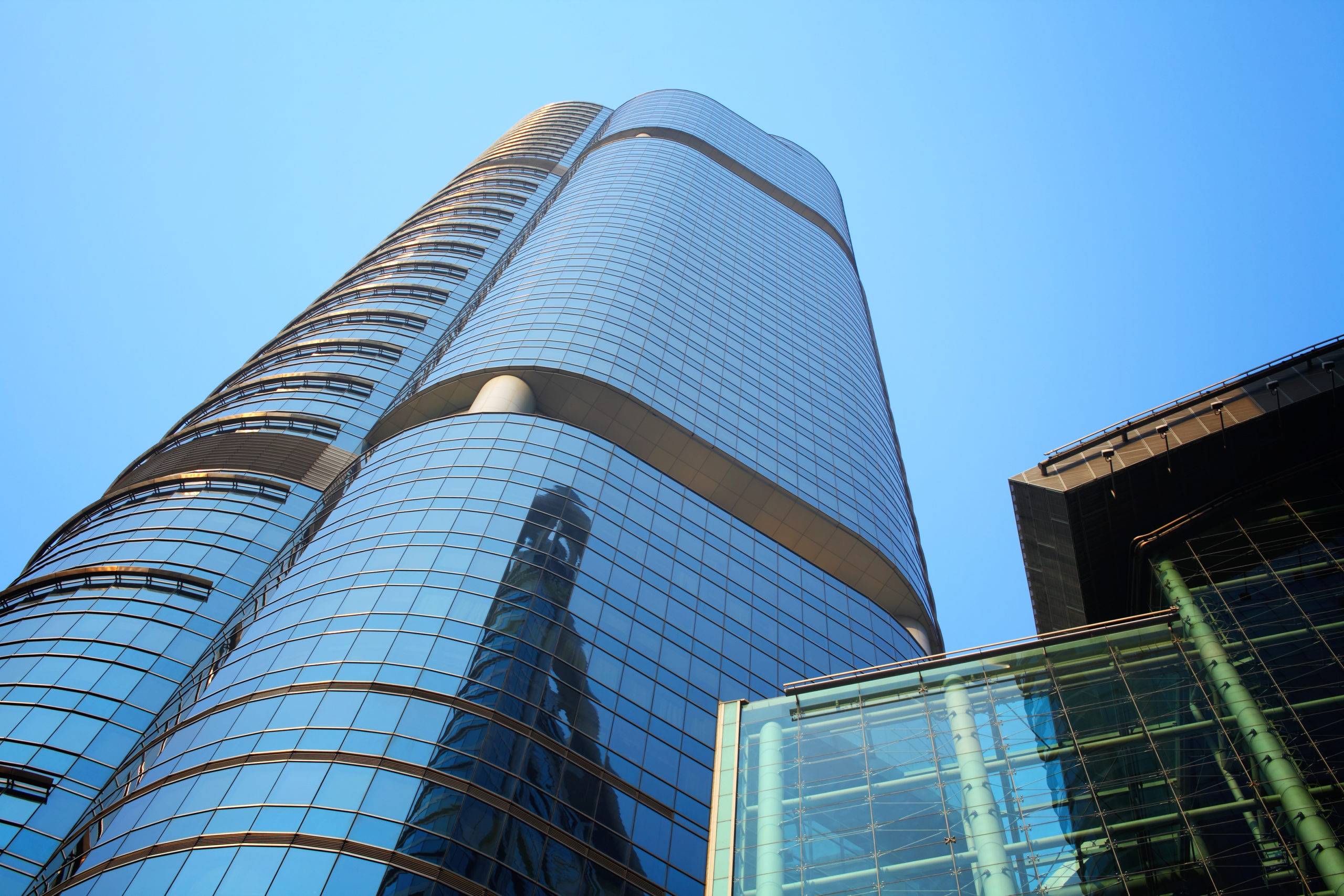
- All
- Communication
- Energy
RestTest 50
Conductors up to 50 mm2
ResTest 90
Conductors up to 1,000 mm2
ResTest Drum
Measures directly on the drum
Cobalt
Balunless solution: 4 pairs up to Cat8
Vega
Solution with balun: 4 pairs up to Cat8
Lyra
Solution with balun: 4 pairs up to Cat7
Scorpius
For coaxial cables
Phoenix
Up to 112 pairs, 100 MHz
Helios
Up to 112 pairs, 10 MHz
Testing Laboratory
Testing and certifying cables

